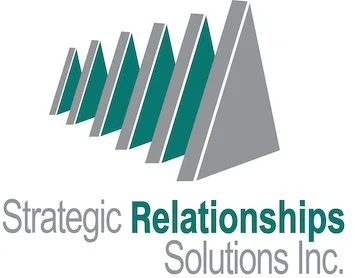Why It’s the Secret to Project Success
When we think about what makes a project succeed, we often focus on the obvious factors: clear goals, well-defined timelines, adequate budgets, and strong technical expertise. But there’s another critical factor that’s frequently overlooked—collaboration.
Collaboration is the connective tissue that links people, ideas, and actions. Without it, even the best-laid plans can falter. In complex projects, especially those involving multiple teams, departments, or stakeholders, poor collaboration can quietly derail progress long before any official risks appear on a dashboard.
The Invisible Factor That Drives (or Destroys) Results
Why is collaboration so often underestimated? Partly because it’s intangible. You can’t easily see “collaboration” on a spreadsheet or in a project plan. Yet its effects are everywhere: in how quickly decisions get made, in how openly team members share information, in how conflicts are resolved—or left to fester.
Research consistently shows that highly collaborative teams outperform their less collaborative counterparts. According to a Harvard Business Review study, teams that actively collaborate spend less time duplicating efforts, communicate more efficiently, and are more adaptable to changes. Conversely, teams working in silos experience more miscommunication, missed handoffs, and costly delays.
The Hidden Costs of Poor Collaboration
The risks of poor collaboration aren’t always visible at the start of a project. But they accumulate over time: small misunderstandings, unspoken assumptions, conflicting priorities. Eventually, these gaps show up as missed deadlines, budget overruns, or frustrated stakeholders.
In high-stakes industries like aerospace, infrastructure, and defense, these risks can translate into millions of dollars in overruns—or worse, safety and quality issues. Collaboration challenges in such environments aren’t just interpersonal—they’re systemic. They arise from organizational structures, unclear roles, competing incentives, and gaps in communication channels.
You Can’t Fix What You Don’t Measure
The good news? Collaboration isn’t just a “soft skill” you hope will happen—it’s a dynamic capability that can be measured, analyzed, and improved. But many organizations lack the tools or frameworks to assess collaboration health in real time.
That’s why collaboration diagnostics, like the Collaboration Health Check, are becoming essential. By providing a structured way to evaluate how well teams are collaborating, organizations gain visibility into hidden risks before they turn into major problems. Leaders can pinpoint where silos exist, where psychological safety is lacking, and where cross-functional coordination needs strengthening.
Collaboration as a Competitive Advantage
In today’s fast-moving, complex project environments, collaboration isn’t just a nice-to-have—it’s a competitive advantage. Teams that collaborate effectively can solve problems faster, adapt to changes more easily, and deliver better outcomes.
Investing in collaboration health means investing in your project’s success. By making collaboration visible, measurable, and actionable, organizations can avoid costly pitfalls and create a culture where people work better together—at every stage of the project.
If you’re curious about how well your team is collaborating today, or want to explore ways to strengthen collaboration on your next project, we’d love to talk.

